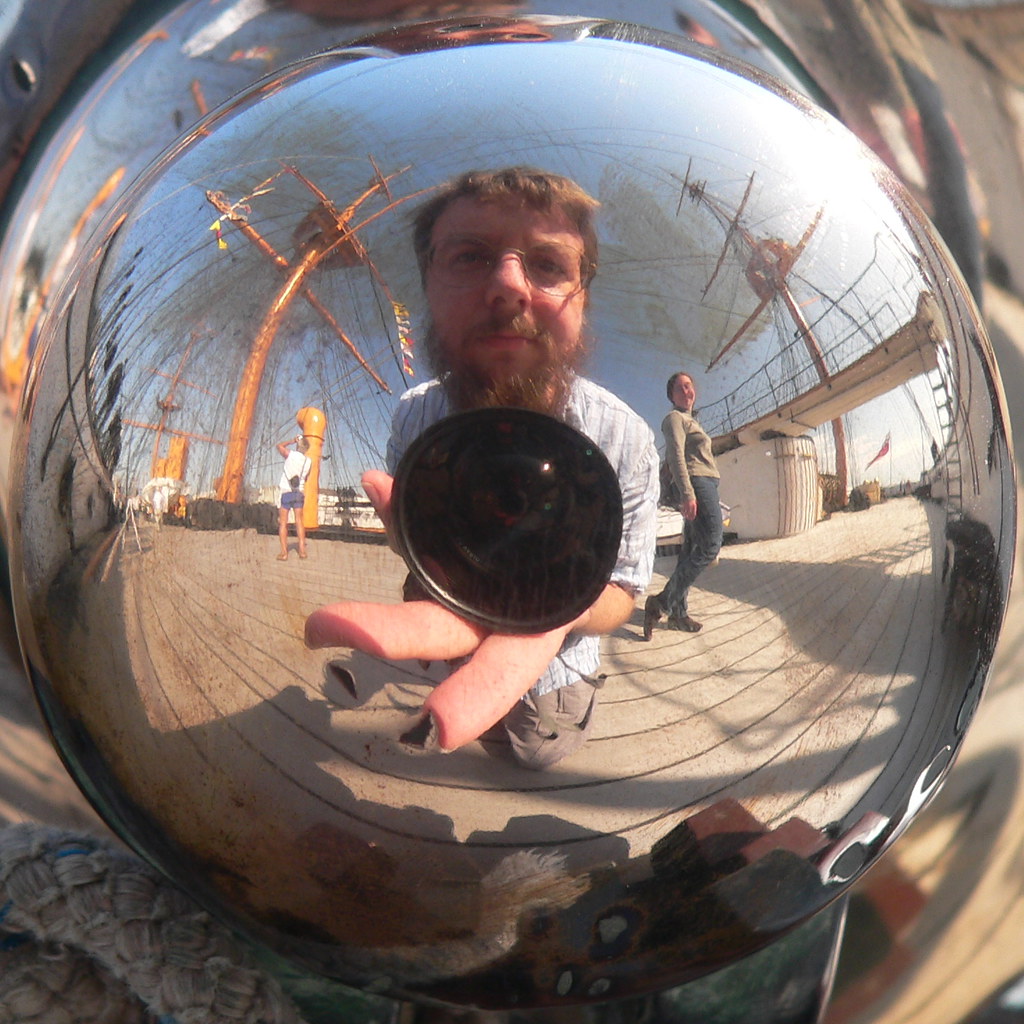 |
| From http://ntrs.nasa.gov/archive/nasa/casi.ntrs.nasa.gov/20110015936_2011016932.pdf |
The idea is related to the expansion of the universe, which is not limited by the speed of light because mass is not "moving" locally in space, but it's relative position is space is moving because the space itself, around the object is stretching (or shrinking). If you want to travel to Proxima Centauri, 4.24 light years away, instead of using a tremendous amount of fuel to accelerate, like is proposed for the daedalus (50 years to Bernard's star) or longshot (100 years to Alpha Centauri B) projects, just shrink the space in front of the ship and re-expand it behind you. There are no inertia/momentum problems because you're not "really" accelerating, and your clock has the same time on it as the controllers back in Houston...! (I naively wrote about something like this in this blog back in March, link.)
 |
| from http://ntrs.nasa.gov/archive/nasa/casi.ntrs.nasa.gov/20110015936_2011016932.pdf |
I looked around on the internet and some comments have been made about this. From what I can tell so far there is a symposium in Houston in mid-September where an announcement of some of the results of the experiment will be made. There are also some new theoretical results that energy requirement of the space bubble can be optimized by oscillating its intensity and modifying its thickness, to theoretically approach a 10 meter sized bubble with an effective speed of 10c (10 times the speed of light) so Proxima Centauri becomes a trip of less than 6 months (link)! (This post says the math ultimately allows a trip to Alpha Centauri in as little as two weeks (link)!)
A breakthrough technology like this is exactly what we need to work toward to cover the 250 light years (in a 6 to 25 year trip) to find the nearest planet with multicellular life (link)!

1 comment:
Wow, this is really exciting. I'm currently reading the book Why does E=MC² (and why should you care?)
Post a Comment